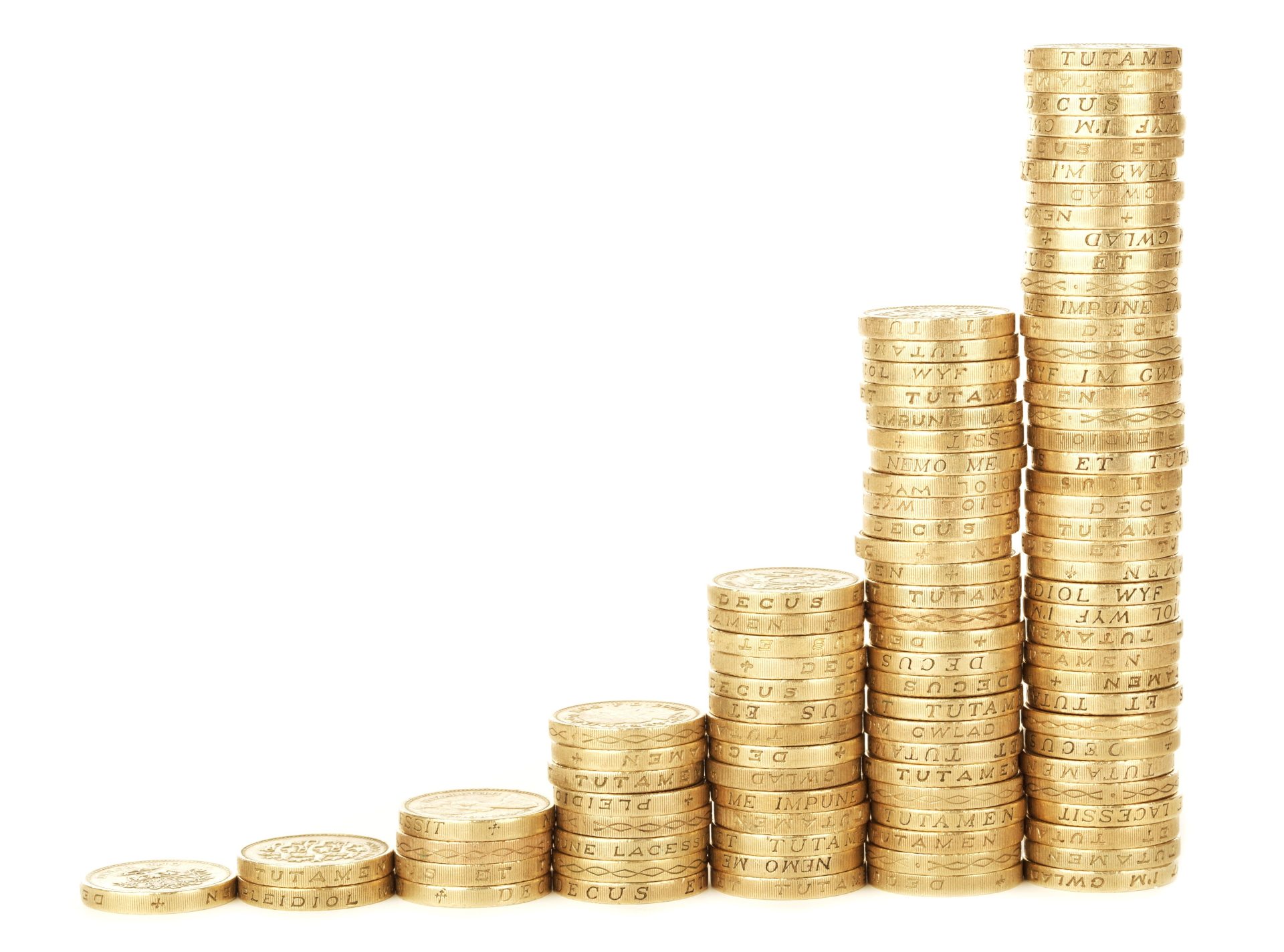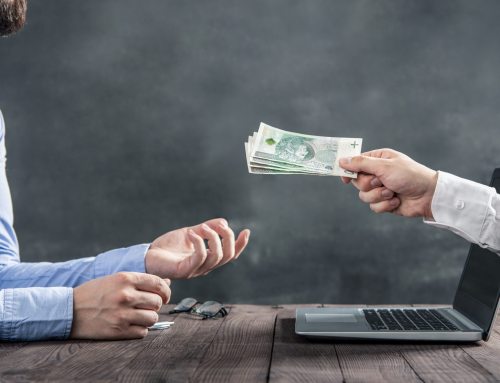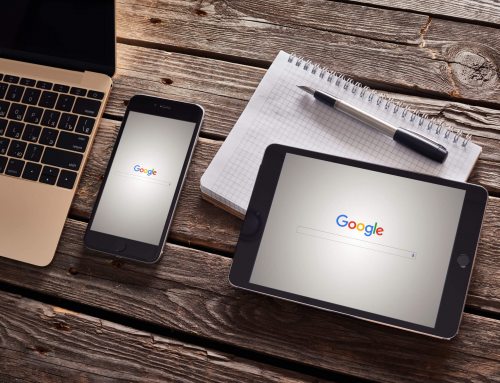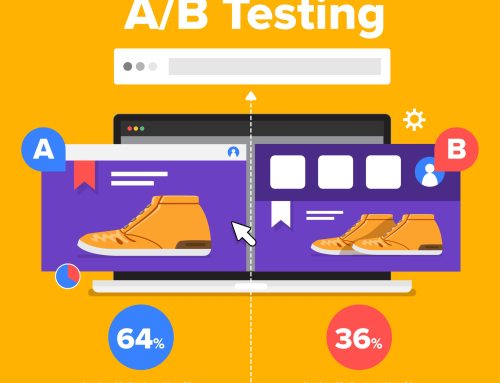4 Sales-Boosting Pricing Strategies
February 2, 2018
When selling any type of good or service, one of the biggest struggles is naming your price. The following research from different psychological studies proves that simple strategies have big effects on sales and profit.
The Decoy Effect
A study done by Professor Dan Ariely at MIT found that consumer preference between two options changes significantly after adding a less appealing third option.

Apple frequently uses this tactic. Here, the 32GB option is made to look the best because for only a $70 increase, the consumer receives additional features and color options. The 16GB is limited on features and colors, and the 64GB’s only benefit is extra storage space.
Source: Apple
More Expensive = Better Quality
Countless studies have shown that people who purchase a product at a higher price tend to speak more highly of it than those who purchased the same product for less. Businesses should be aware that consumers can tell when they’re being manipulated, but slightly bumping up the price often legitimizes products’ quality.
Price Anchoring
Price anchoring is when you place your cheaper product on the left of a more expensive product. Consumers read (left to right) the price of the cheaper product first and use that as their base price to make comparisons with. Once they come across the more expensive product, they remember the first.
What’s the best way to sell a $300 bottle of wine? Put on the left of a $6,000 bottle.
The Classic
Some things never change. Using prices that end in the “teens” or “.99” are still effective techniques to make a good or service appear to cost less. When reading left to right, the left-most digit tends to hold more weight in our perception on the price of the product. If selling for $2.00 seems far more expensive than selling $1.99, it’s apparent why retailers prefer the latter.
Does your business need a digital marketing boost? Contact Fasturtle to learn how we can direct traffic to your site.




